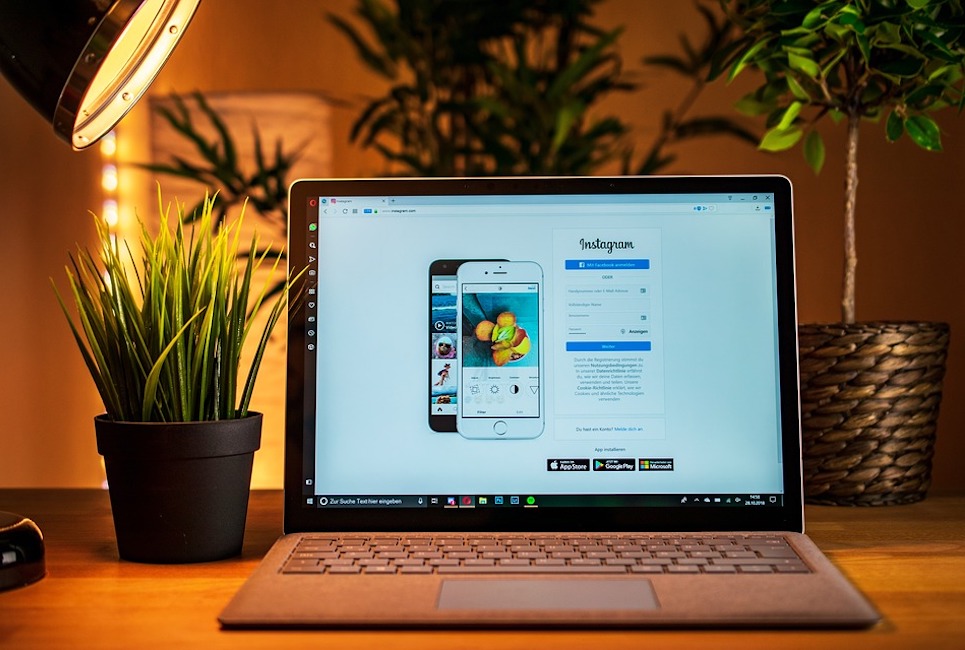
Marketing techniques are always changing, but they’re based on timeless principles that get results. Today’s influencer marketing trends are a new twist on the oldest marketing trick in the book: word-of-mouth advertising. Instead of turning to friends and family, though, people are now looking to social media influencers and celebrities for recommendations on what to buy and support.
Instagram influencer marketing is big business, and it can mean a huge boost in philanthropy for your nonprofit organization. It’s important for nonprofits to stay on top of digital marketing trends to bring in much-needed funds and to stay relevant in a for-profit world. But how can your organization leverage influencer marketing this year and bring in more funding? Here’s what you need to know.
Getting It Right
Before your nonprofit hops on the influencer marketing bandwagon, it’s important to have a thorough understanding of how influencer marketing works and how Instagram influencers create a buzz in their respective niches.
For the past decade or so, blogging has become extremely popular, in tandem with social media growth. Bloggers, YouTube stars, celebrities, and other content creators have amassed a large number of followers who trust their opinions and recommendations. Now, companies are paying to access that audience.
Briefly, Instagram influencer marketing works like this: an organization finds influencers in their niche and sponsor posts to promote their product or organizational goals. The influencer must identify the post as sponsored, but they can incorporate the promotion within their normal content style.
There are different types of influencers—macro-influencers, with tens of thousands of followers, and micro-influencers, with smaller, but very active follower bases. Depending on your organizational goals, different influencers will be more or less effective. Getting it right is tricky, but if you choose the right influencers and create a compelling campaign, your organization could find this approach to be very successful.

Getting into the Game
To get started in influencer marketing, you need to understand that it’s an investment. It’s estimated that by 2022, marketing departments will spend $15 billion annually on sponsored content. Nonprofits need to use their marketing budgets wisely and track ROI from influencer campaigns carefully.
One of the biggest challenges of an influencer marketing campaign is identifying the best individuals to help you spread your message. First, look at the potential influencers closest to your organization. Does anyone who is passionate about your cause have an engaged following that might respond well to your organizational goals?
Then, start to follow hashtags in your niche and start to “warm up” influencers by engaging with them. You want to get to know them, introduce your brand, and start to build those all-important relationships. Authenticity is key in influencer marketing since it is essentially a form of word-of-mouth promotion. If an influencer is only running a campaign to get paid, it will fall flat.
The best influencers will be speaking to your ideal donor base. Don’t be hasty in reaching out to potential partners. You’ll only waste time and money with the wrong influencers, so do lots of research and take the time to really talk with the influencer before proposing a sponsored campaign.
Help Shape the Message
Once you’ve chosen your organization’s ideal influencers, the work isn’t done! You’ll need to help guide and shape the content and message they present to their followers. Obviously, you need to give influencers some creative freedom, but if you’re letting them do whatever they want, there are things they may miss or get wrong.
Many influencers aren’t actually marketing professionals and may not know instinctively to create a strong call-to-action or may communicate a message that isn’t on-brand for your nonprofit. Remember, your brand image is on the line, so protect it through collaboration!
It’s also not enough to do just one post. You need to create a series of posts for your message to really land with an influencer’s audience.

Big Data and Influencer Marketing
As technology has become more advanced, marketers have gotten access to all sorts of tools and information that can make their campaigns more effective. Big data, in particular, helps organizations save money on marketing and identify opportunities that could create massive ROI. By gathering and analyzing data, nonprofits can make their influencer marketing efforts more effective.
Leveraging big data can make some of the biggest decisions in influencer marketing easier. By learning more about your donor base, you can find out who they’re following, what makes them more likely to donate, and which messages resonate best. Your data assets will only grow as time goes on, making your decisions more informed and your campaigns more successful.
Instagram Influencer Marketing: A Powerhouse for Nonprofits in 2020—if Used Wisely
Influencer marketing is a huge trend in both the for-profit and nonprofit sectors. It can be a great investment for nonprofits, but it’s so important to be strategic in how you approach this tactic. It can offer some great ROI when approached in the right way, creating authentic engagement and ultimately, a larger base of followers and increased donations!
Further read:






